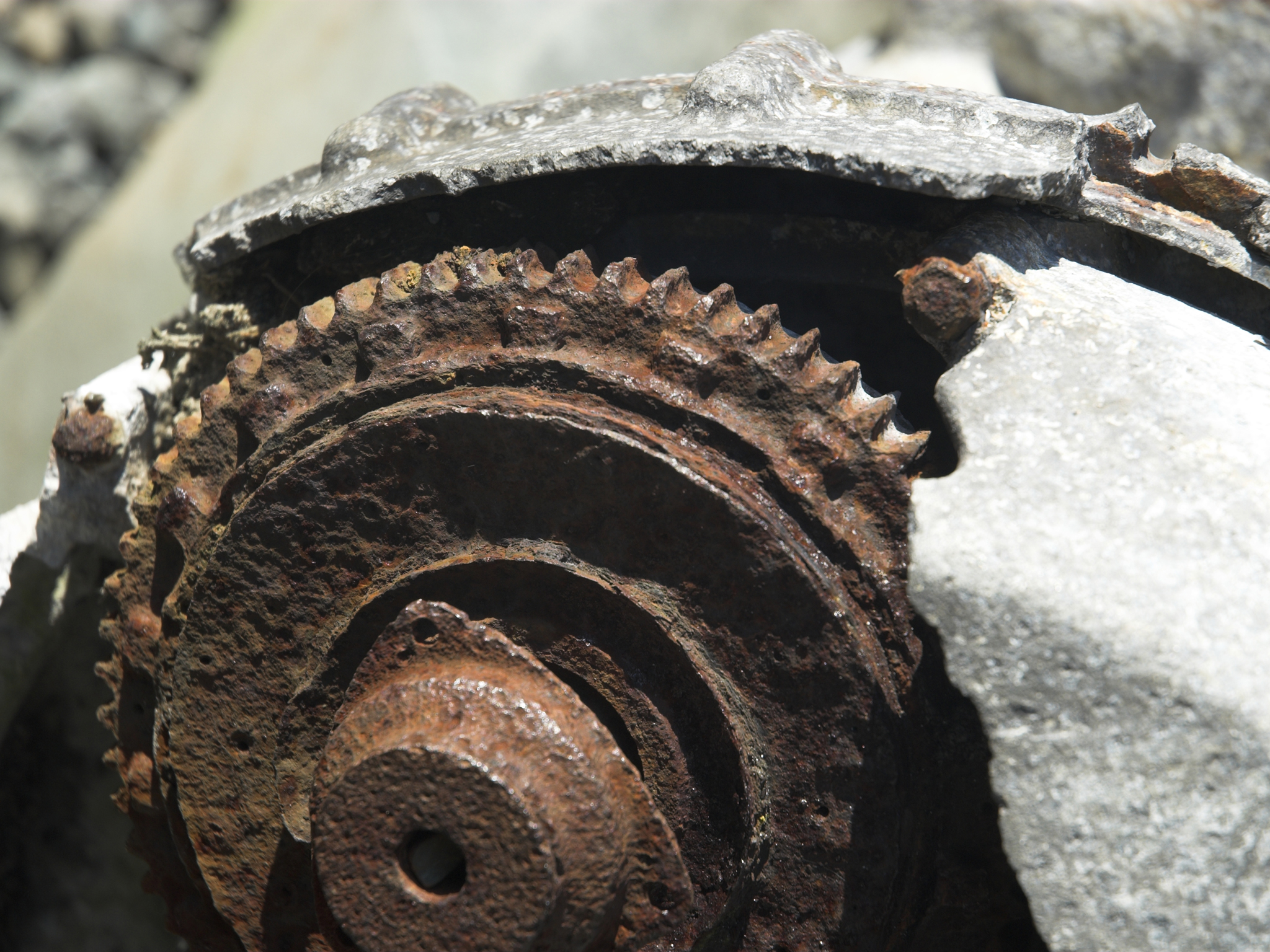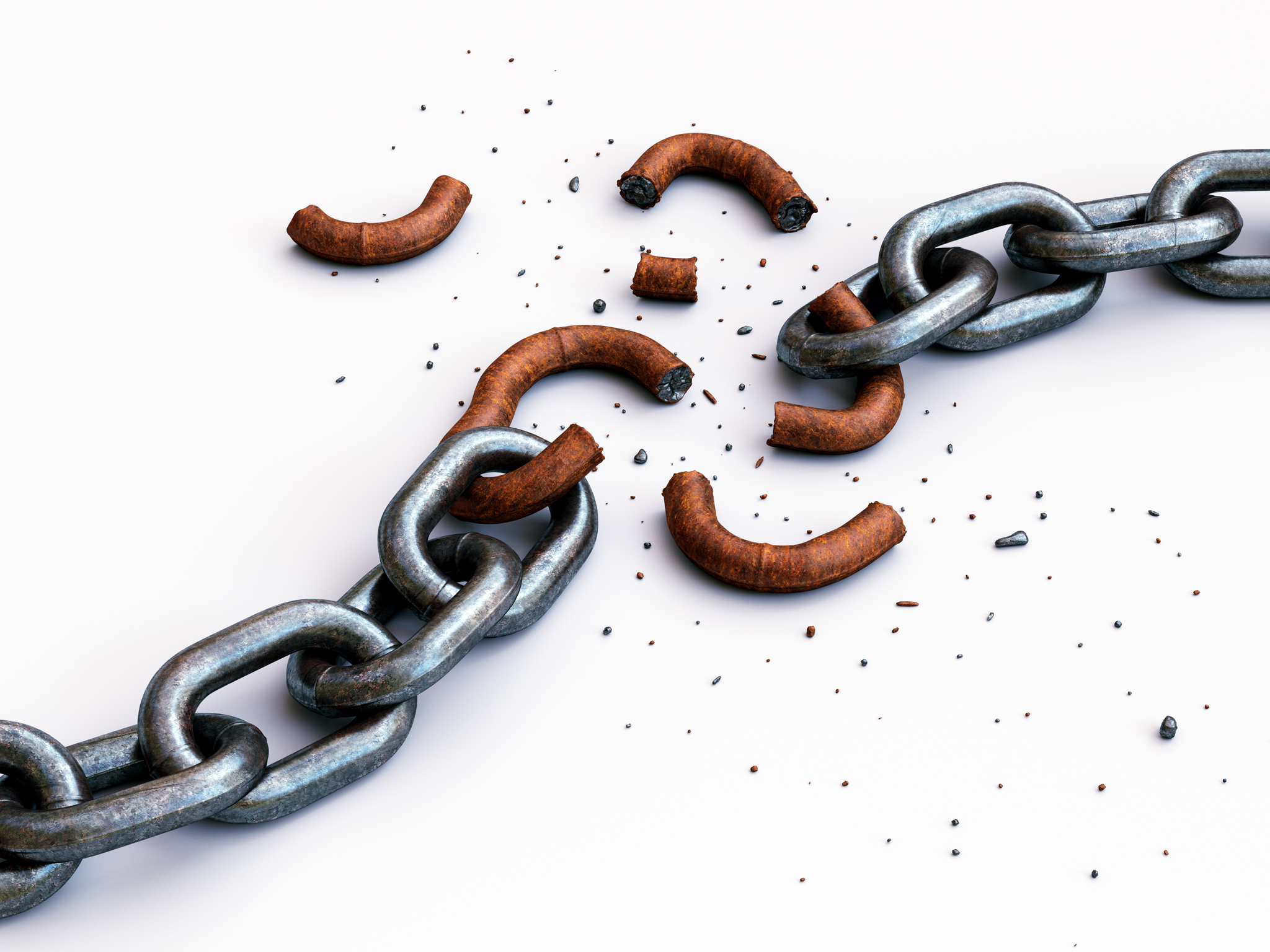Damage Analysis: Metals
We answer questions that occur during the quality assurance phase of industrial production or due to failure during service. The scientific investigation of damage to and failures of metals and metallic components is well established within the Fraunhofer IWM. We will build an expert project team customized for your individual task, which will assess the situation and discuss the next steps with you to reach an effective solution. Because time is such an extremely important factor in damage and failure analysis, we handle each project flexibly, confidentially and with a customer-oriented focus. Based on the findings of our assessment and on a no obligation consultation, you will quickly receive an offer.
It is not common for a single event to lead to component damage. Several factors are usually interacting. When engaged in damage analysis, if desired, we not only consider the current cause of damage, but also analyze the entire environment including the material(s) in question, the process chain and operating conditions. We look at the essential mechanical, thermal, corrosive and tribological influence factors as well as behavior under hydrogen atmosphere. Convince yourself of our expertise and let us find tailor-made solutions to your questions together.
How to work with the Fraunhofer IWM
Examples of damage and failure cases that we address
- Verification of components and materials for compliance with specifications and standards.
- Research regarding the cause of failure if components no longer meet manufacturing requirements.
- Evaluation of component failure (bearing, transmission, gear failures, welding defects, etc.) and clarification whether there is a manufacturing defect and/or an application error.
- Clarification concerning the cause of corrosion (material, material combination, agents, etc.).
- Clarification of the causes of brittle fractures, taking into account possible influences of hydrogen or corrosive media.
- Clarification of damage to components which were used in pressurized hydrogen applications, including the assessment of new materials with regard to their suitability for use in hydrogen atmospheres.
Possible triggers for the types of component failure we investigate
- Incorrect heat treatment, which results in an increased wear of gears - for example, surface spalling or in extreme cases a shearing-off of complete gear teeth.
- Lack of fusion or hot cracks in welded joints where fatigue crack growth may have been initiated under service loads.
- Microstructural changes within the heat affected zone (HAZ) of aluminum alloys which reduces local mechanical properties.
- Errors occurring during the process control of case hardening of steels or during the application of galvanic layers which could result in hydrogen embrittlement or component fracture.
- Unfavorable material combinations which may result in early failure caused by contact corrosion (i.e. direct contact of steel and aluminum alloy) under service conditions.
- Unfavorable material selection which may result in pitting corrosion under service conditions.
Short notice, fast turnaround damage analysis and failure assessment
In urgent cases we deliver quick turnaround decision-making support by means of specific analytical methods based on a funded assessment.
Combining failure assessment with material and manufacturing process improvements
In medium term projects we evaluate your process chain - in addition to failure assessment - considering the materials you are using to provide suggestions for an overall improvement of product quality.
Failure assessment and representation in court or regarding a large damage sum
Large cases concerning damage or failure in large-scale production are usually associated with high costs and court hearings. We support you with elaborate, substantiated expert opinions or counter-assessments and act on your behalf as an expert assessor in court.
Failure assessment and damage analysis as a chance for innovation
Assessing the causes of failure not only helps to avoid the same thing happening in the future, but can also provide new approaches for innovative product ideas. Our specialists will assist you by evaluating your project ideas by means of material, component and load simulations.
We offer our extensive expertise in material assessment and material analysis to address questions such as:
- Microstructure assessment
- Hardness measurement
- Material analysis
- Crack detection
- Fracture and crack assessment (fractography)
- Surface analysis
- Material and component assessment (mechanics, fracture mechanics, thermal)
- Hydrogen analysis (hydrogen content measurement, permeation and mechanical experiments in hydrogen atmosphere)
- Residual stress analysis (XRD, borehole method)
- Component simulation (mechanics, fracture mechanics, thermal)
- Lifetime predictions
- Welding simulation and weld optimization
 Fraunhofer Institute for Mechanics of Materials IWM
Fraunhofer Institute for Mechanics of Materials IWM

